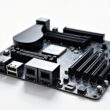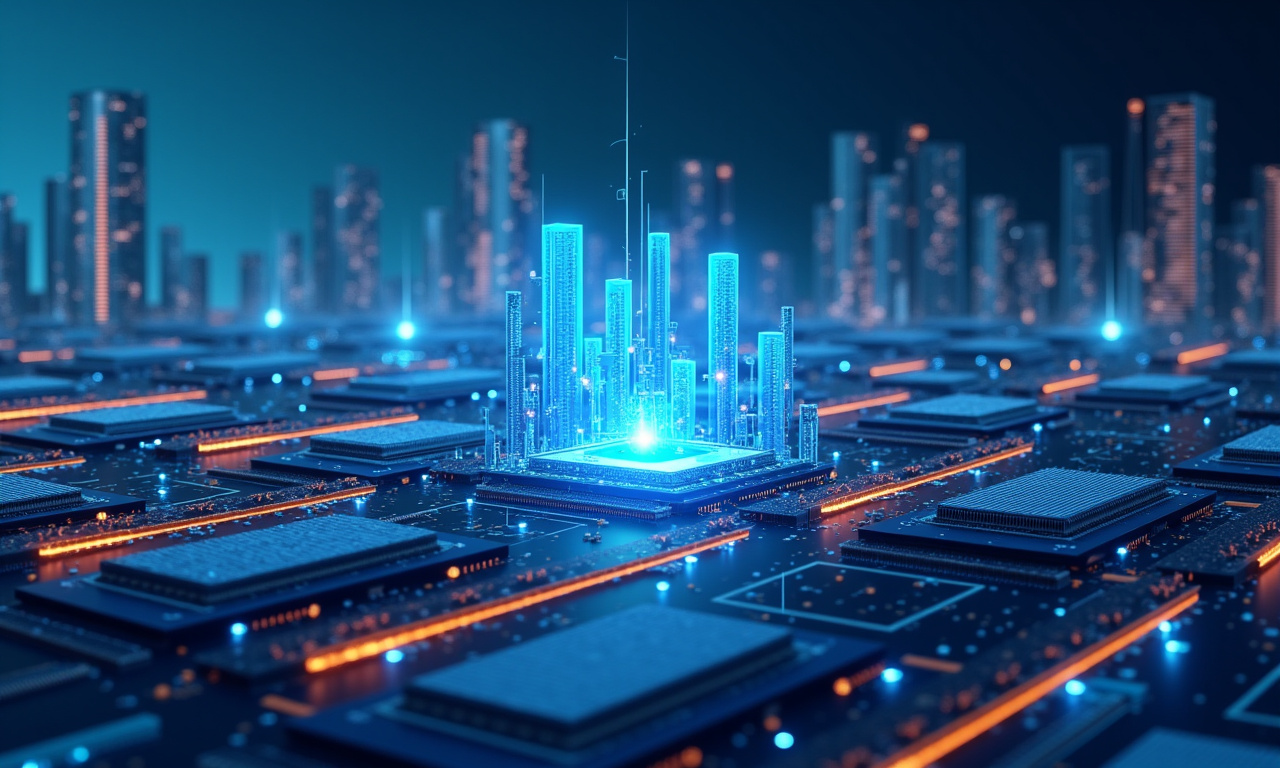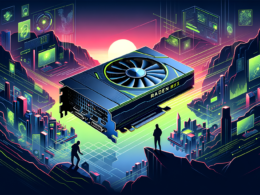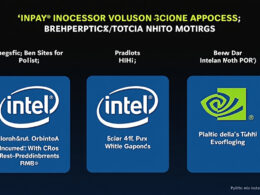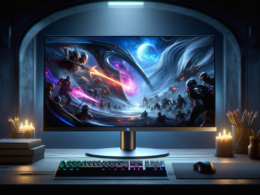The market for RAM is experiencing a new wave of price hikes, and it is hitting the US hard. Individual sticks and kits are rapidly increasing in price, while sellers choose to leave prices undisclosed on shelves. According to a Reddit user, at a Micro Center store, all price tags for RAM have disappeared entirely from displays-replaced by signs informing customers about market volatility and advising them to consult sales representatives for current pricing. Meanwhile, the memory kits remain on shelves without price indications. This has sparked negative reactions from shoppers, as Micro Center has traditionally been seen as the retailer offering the best deals among American electronics stores. This move appears to be an attempt to take advantage of scarcity and raise prices.

However, such decisions have become an industry trend. Newegg, Amazon, Best Buy, and Walmart are also adjusting RAM prices upwards: the market is pressured by growing demand from data centers and AI developers. Experts suggest that raising prices on already purchased stock is an attempt to profit from general panic, as these items were bought at previous prices.
The situation in the US market is indeed severe: some DDR5 kits have tripled in price in just a few months. For example, a popular DDR5-6400 C30 2×32 GB kit now costs more than a PlayStation 5, which has dropped to $449 in “Black Friday” deals.
Moreover, the surging demand from AI and increased activity in the semiconductor industry have contributed to this rise in memory module prices. As tech companies race to upgrade infrastructures to support more AI capabilities, the resulting strain on supply channels is having a tangible impact on pricing strategies. Observers in the semiconductor industry note that while some relief might come with future production boosts, consumers should brace for continued volatility and potential additional hikes in the near term.



